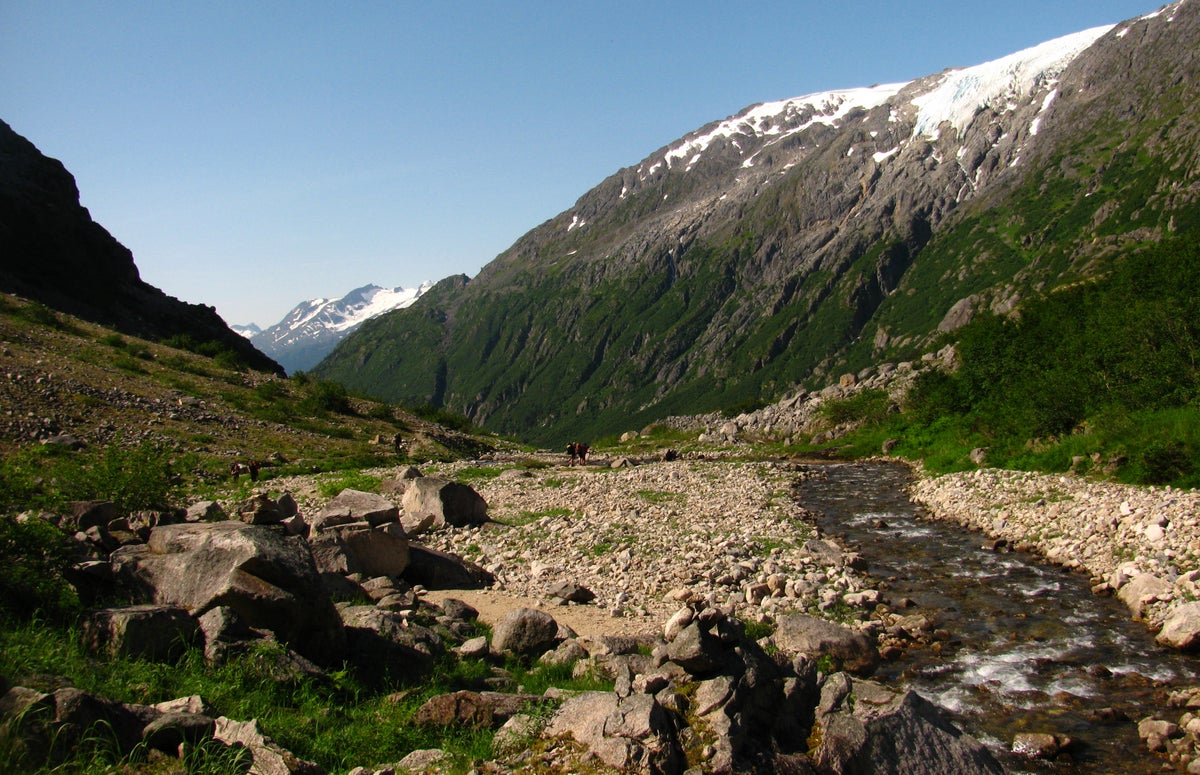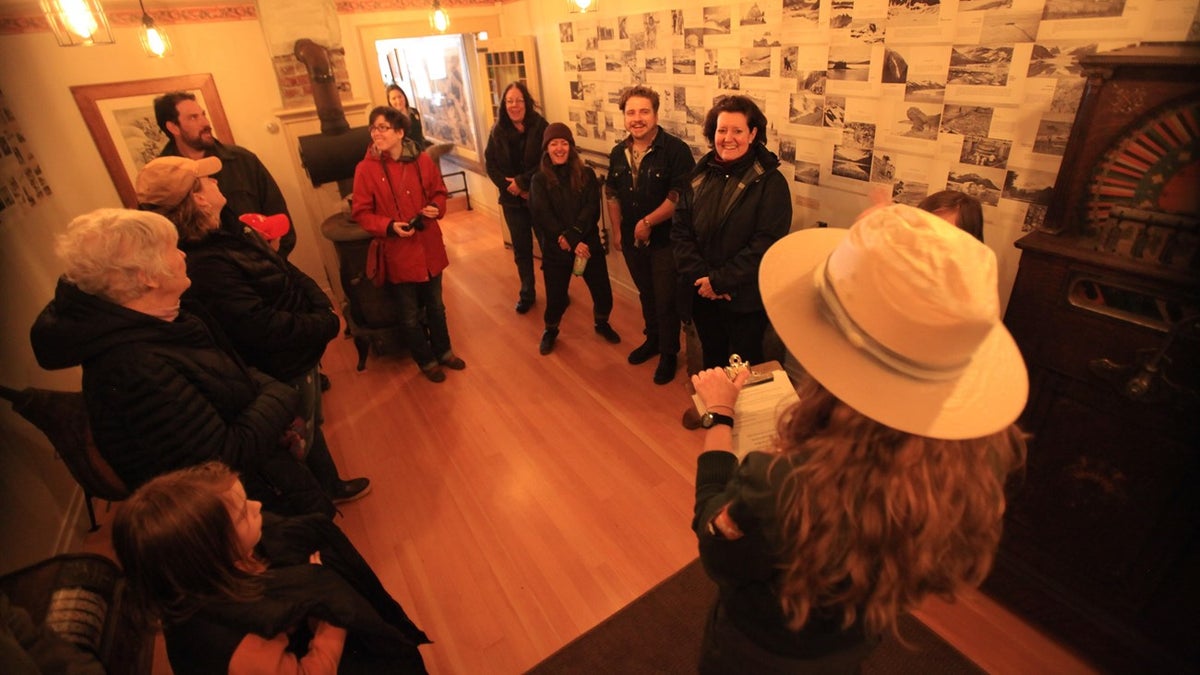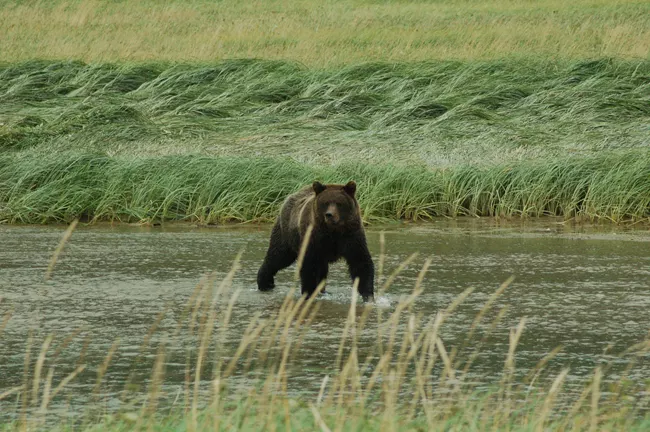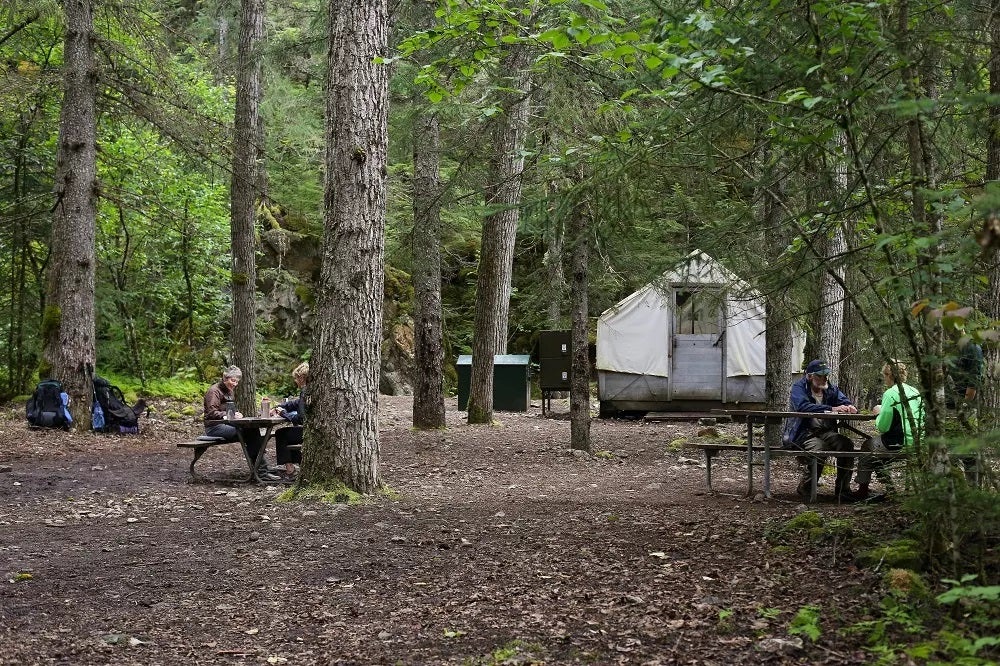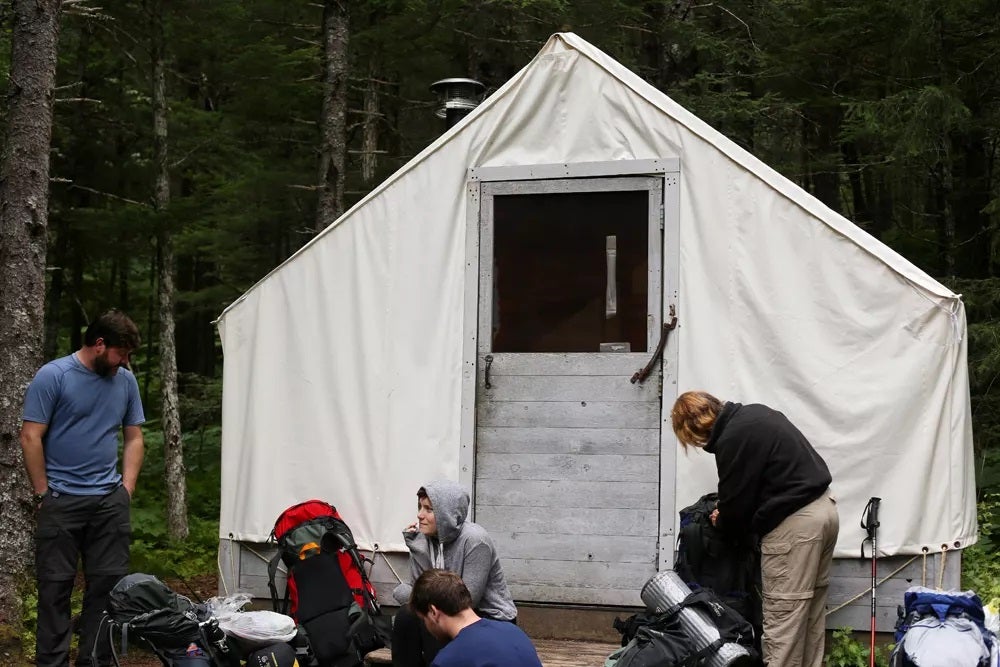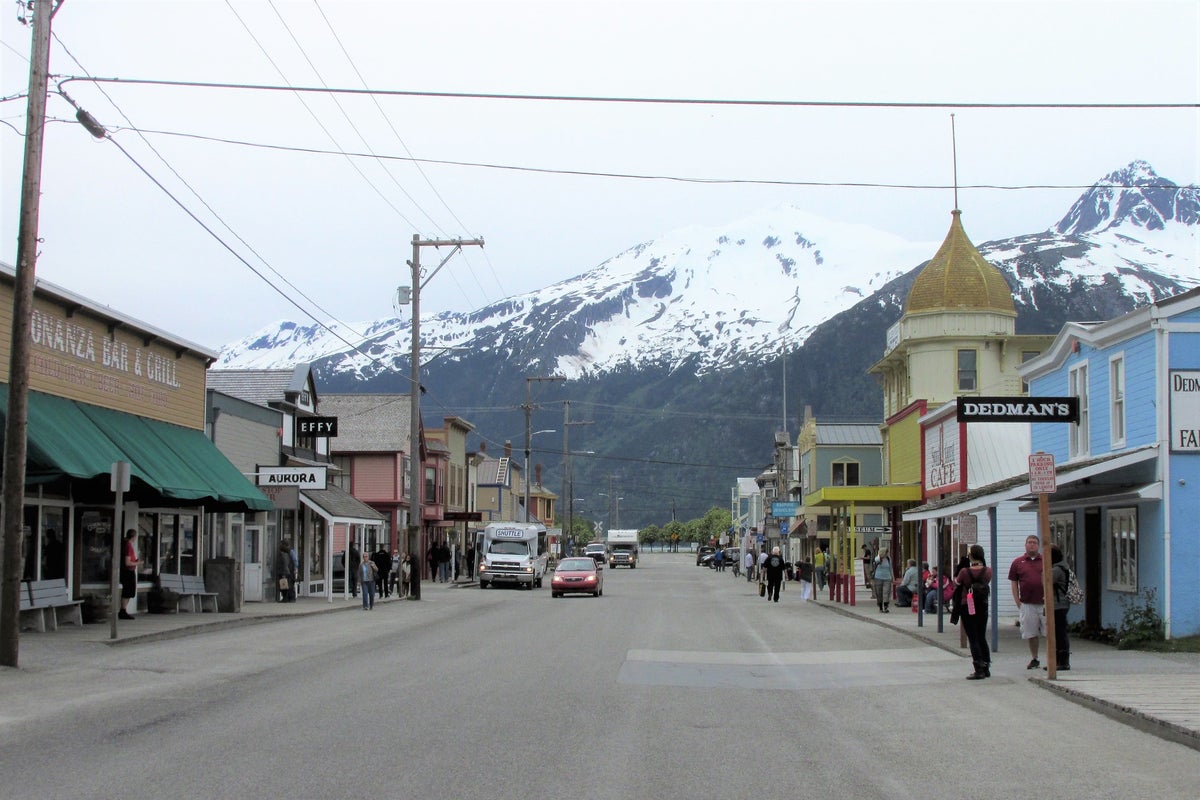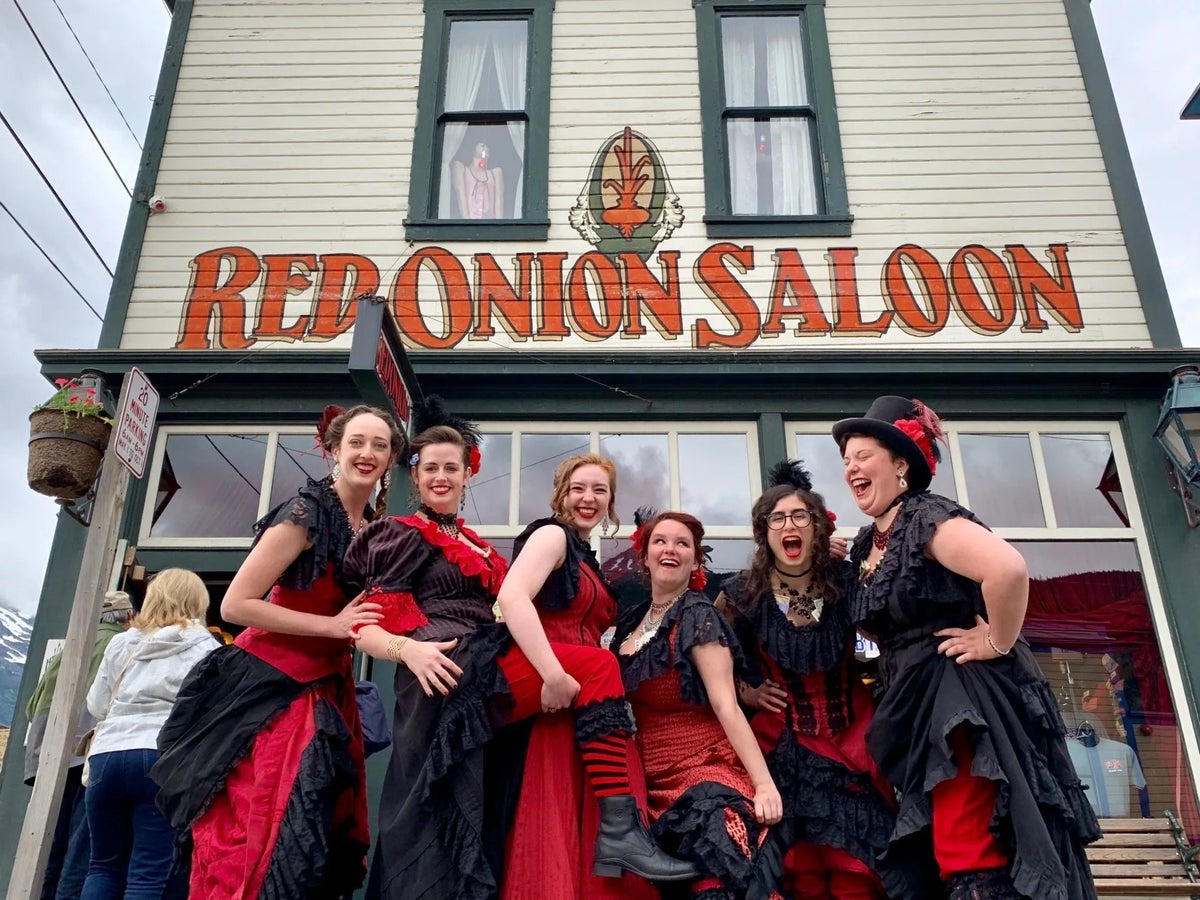Amar Hussain
Amar Hussain
Senior Content Contributor
867 Published Articles
Countries Visited: 63U.S. States Visited: 9
Amar is an avid traveler and tester of products. He has spent the last 13 years traveling all 7 continents and has put the products to the test on each of them. He has contributed to publications incl...
Edited by: Keri Stooksbury
Keri Stooksbury
Editor-in-Chief
74 Published Articles 3709 Edited Articles
Countries Visited: 54U.S. States Visited: 28
Editing with Upgraded Points for over 6 years, as editor-in-chief, Keri manages the editorial calendar and oversees the efforts of the editing team and over 20 content contributors, reviewing thousand...
![Klondike Gold Rush National Historical Park Guide [Alaska] — Skagway, White Pass Trail, and Dyea](https://upgradedpoints.com/wp-content/uploads/2023/09/Beaver-Ponds-on-Chilkoot-Trail.jpg?auto=webp&disable=upscale&width=1200)
